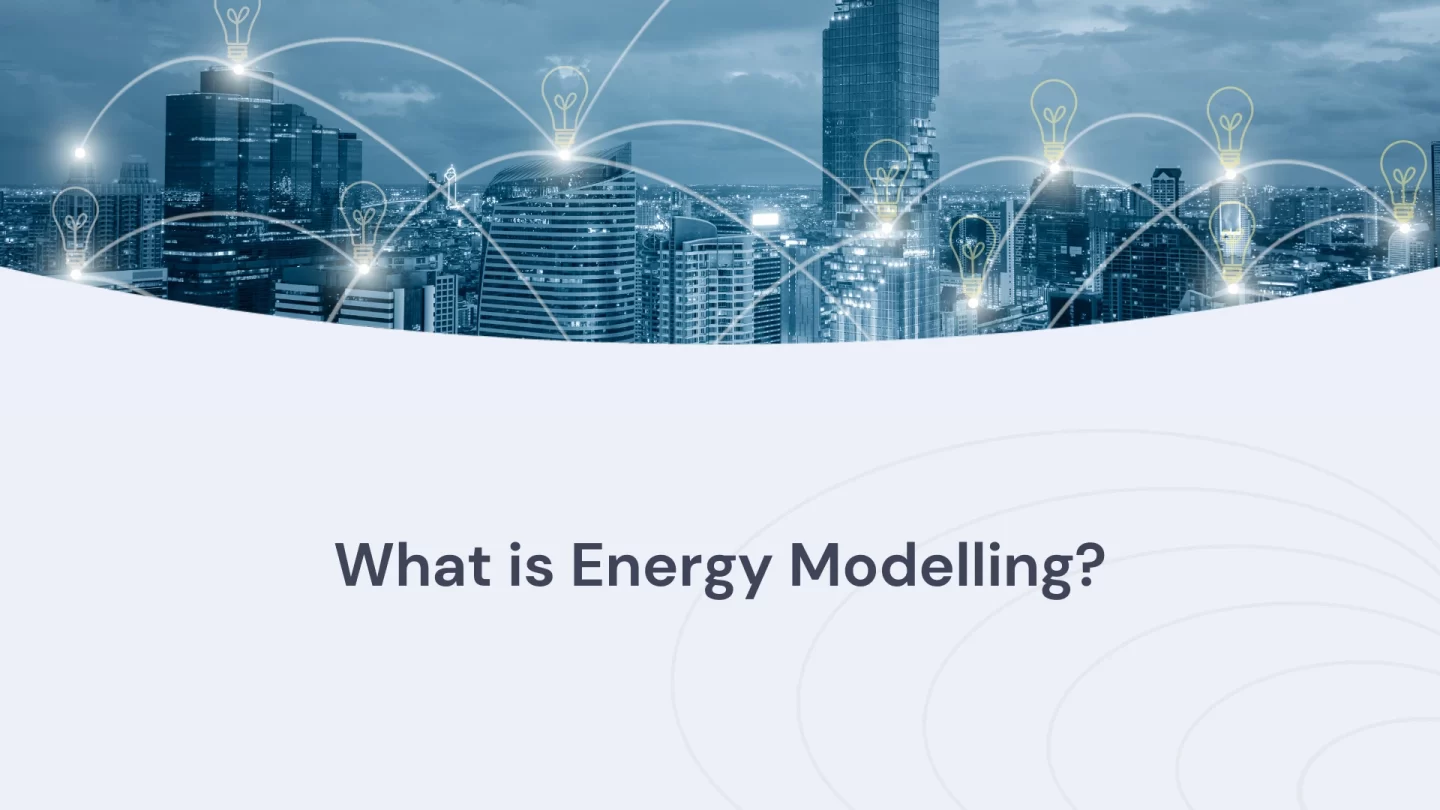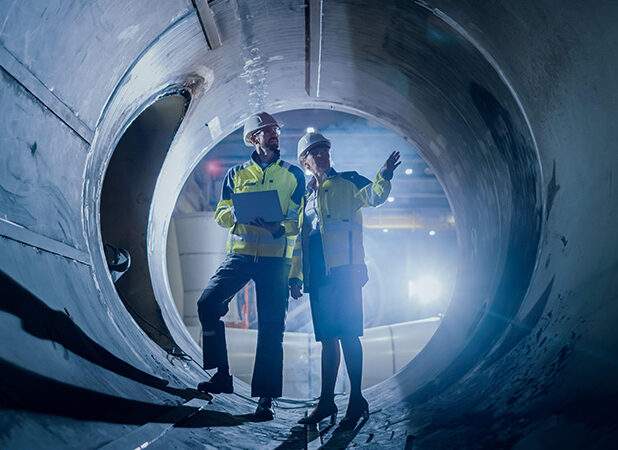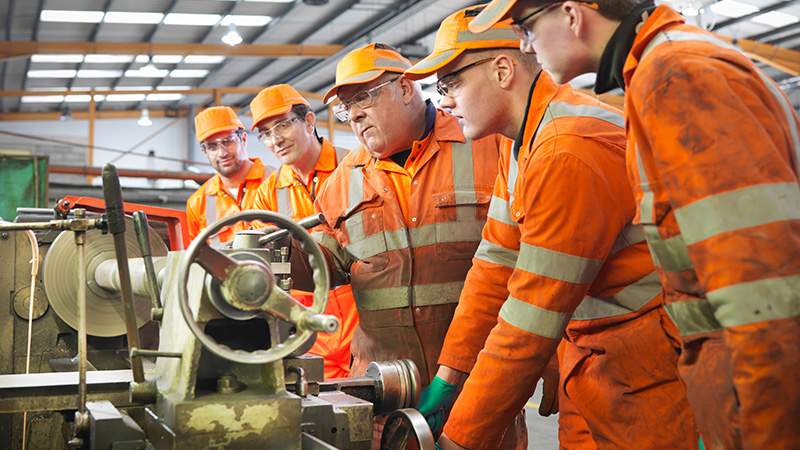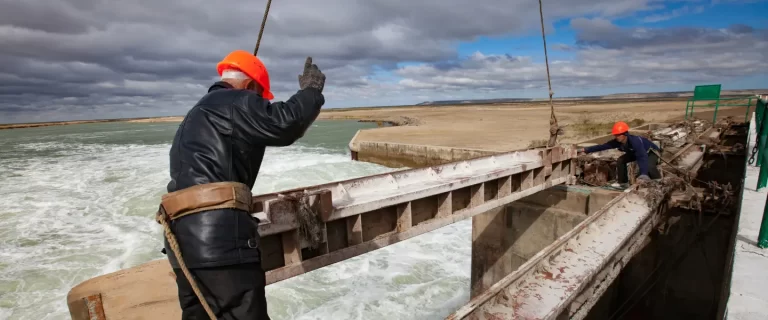Energy modelling is a critical tool that allows businesses, governments, and individuals to predict, analyze, and optimize their energy consumption. It involves creating a virtual representation of energy systems, identifying the factors that affect energy consumption, and estimating energy usage under different scenarios. This article discusses the importance of energy modeling and explains how to implement it to achieve energy efficiency and sustainability goals.

Why Energy Modelling is Important
Cost Savings
It can help organizations save significant amounts of money on energy bills by identifying areas of inefficiency. For instance, energy modelling can help businesses determine the optimal size and location of heating and cooling systems, lighting, and other energy-consuming equipment. This can result in reduced energy consumption and lower costs.
Sustainability
It plays a crucial role in achieving sustainability goals. By analyzing energy usage patterns and identifying opportunities for improvement, businesses and governments can reduce their carbon footprint and promote a cleaner, more sustainable future.
Risk Management
It can help organizations assess the risks associated with energy use, such as price volatility and supply disruptions. This enables them to develop strategies to mitigate these risks and ensure a stable and reliable energy supply.
Compliance
It can also help organizations comply with energy regulations and standards. For instance, businesses can use energy modelling to ensure that their buildings meet the energy efficiency requirements of building codes and certification programs.

This example of an energy model shows how energy is predicted to be consumed in buildings.
Implementing Energy Modelling
Data Collection
The first step is collecting data on energy consumption patterns. Energy audits, metering, and other data collection methods accomplish this.
Modelling
Once the data is collected, it is used to create a virtual representation of the energy system. This involves creating a detailed model of the building, equipment, and other energy-consuming systems.
Analysis
The model is then used to analyze energy usage patterns and identify areas of inefficiency. This can include optimizing heating and cooling systems, lighting, and other equipment.
Optimization
The analysis enables the development of strategies to optimize energy consumption and reduce costs. This can involve upgrading equipment, changing operating schedules, or implementing energy management systems.
Monitoring
It is an ongoing process, and it is essential to monitor energy usage and analyze results regularly. This enables organizations to identify and address inefficiencies and continue to optimize energy consumption over time.
Conclusion
Energy modelling is a powerful tool for achieving energy efficiency and sustainability goals. By providing insights into energy consumption patterns and identifying areas of inefficiency, businesses and governments can reduce costs, mitigate risks, and promote a cleaner, more sustainable future. By following the steps outlined in this article, organizations can implement energy modelling and take the first step towards achieving their energy efficiency goals.
Frequently asked questions
What is energy modelling and why is it important?
Energy modelling is a critical tool that allows businesses, governments, and individuals to predict, analyze, and optimize their energy consumption. It is essential because it helps organizations save significant amounts of money on energy bills, achieve sustainability goals, assess the risks associated with energy use, and comply with energy regulations and standards.
What are the steps involved in implementing energy modelling?
The steps involved in implementing energy modelling include data collection, modelling, analysis, optimization, and monitoring. The system collects data on energy consumption patterns and uses it to create a virtual representation of the energy system. The model analyzes energy usage patterns, identifies inefficiencies, and develops strategies to optimize energy consumption and reduce costs. It is essential to monitor energy usage regularly to identify and address inefficiencies and continue to optimize energy consumption over time.
How can energy modelling help organizations achieve sustainability goals?
Energy modelling plays a crucial role in achieving sustainability goals. By analyzing energy usage patterns and finding improvement opportunities, businesses and governments reduce their carbon footprint. This promotes a cleaner, more sustainable future. It helps organizations assess energy risks, comply with regulations, and meet standards. Identifying inefficiencies can save significant money on energy bills.






